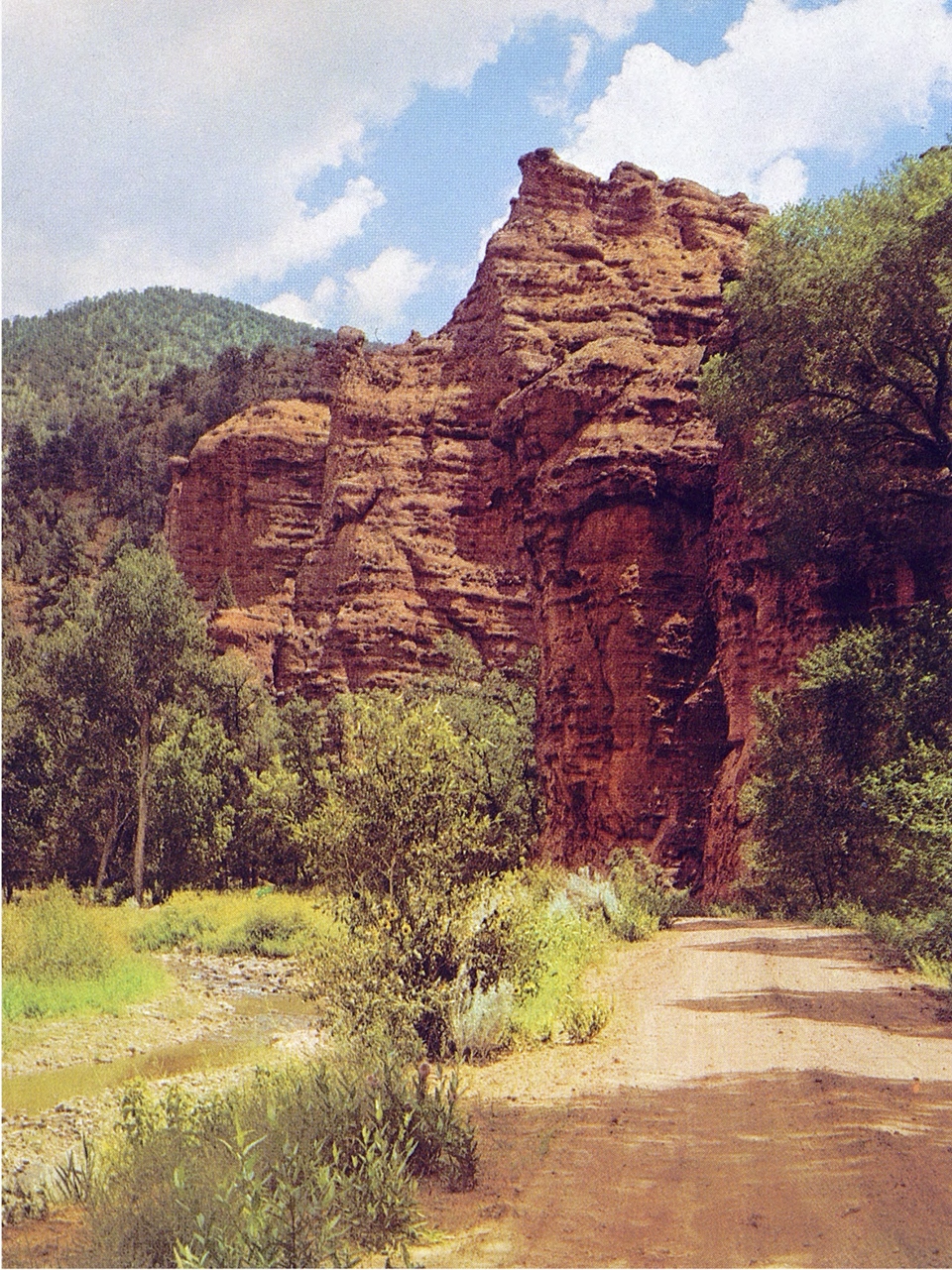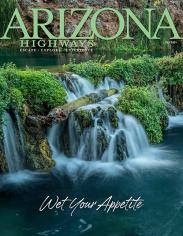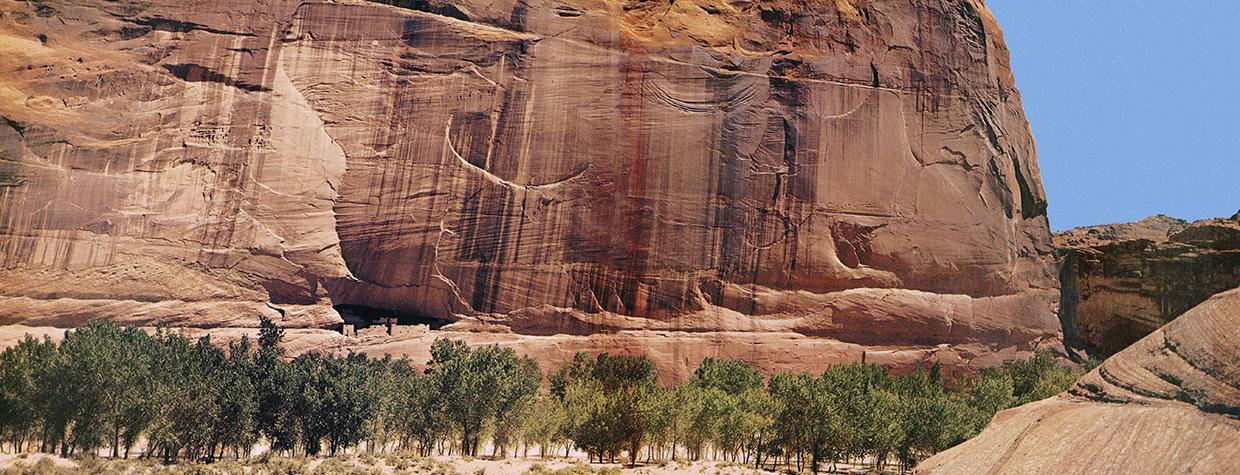As a photographer continually attempting to portray the scenic face of Arizona, I am often asked, “How do you keep finding new pictures?”
My answer is simple: “I take the back roads to the backcountry!”
They are the qualified “guides” through Arizona’s exciting backcountry, a virginal land which blends scenery and serenity with a spicy dash of history.
Of course, some of my favorite guides are rather rough characters and might shake you up a little if you are not careful. While others, made of weaker stuff, can become real “softies” under the stress of a heavy rain. Then there are those that seem downright derelict in their duty as they wander whimsically about before finally leading you to your destination.
But these shortcomings I have found easy to forgive, for they are far outweighed by the pleasures of backcountry travel. This is why I continually forsake the smooth concrete of Arizona’s great highways for the gravel, dirt, rocks and ruts of every kind of unhurried byway from a bladed road through a mountain forest to Jeep tracks along a desert wash.
To me, the Arizona backcountry (which I think of as beginning where the pavement ends) is something very special. It has many qualities which make it unique and unforgettable.
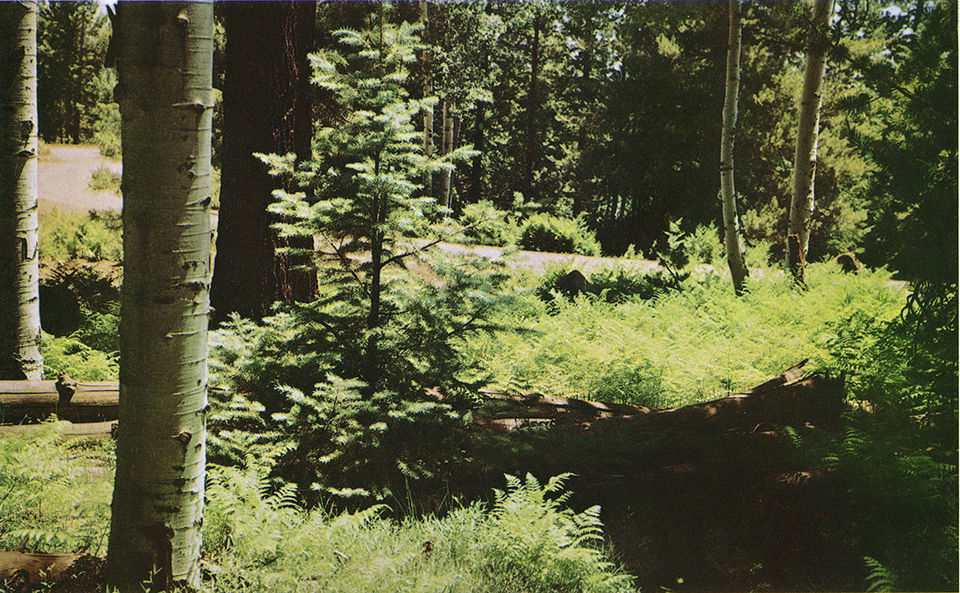
There are, of course, the tangible beauties of the land itself: rugged canyons, hidden forest meadows and lakes, unspoiled desert vistas ... these the eye can enjoy and the camera record. And I know of no comparable area anywhere that can provide either with a greater variety of impressive natural scenery.
The intangible qualities are easier to experience than describe. But they are important in helping to create in the backcountry explorer a “feeling for the land.”
For example, after cruising along on one of our modern-day rivers of concrete with its fast-moving current of traffic, one of the first things I notice after turning off onto a nonchalant little backcountry “tributary” is a sudden feeling of intimacy with the country.
It is a feeling of being a participant in the scene, rather than a remote and hurried spectator. I can stop on the slightest of whims — to sniff the fragrance of a flower or study an unusual rock formation — without the blaring of outraged horns announcing that I am hindering the dash of civilization.
The inherent silence of the backcountry is another of its blessings. With scientists telling us that “sound pollution” will double every decade in many localities, it is comforting to know that much of Arizona, soundproofed by the insulation of distance, continues as a relaxing “quiet oasis.” Here, the warble of a bird or liquid music of a lively stream does not have to compete with bustling factories or 5 o’clock traffic for the ears of its listeners.
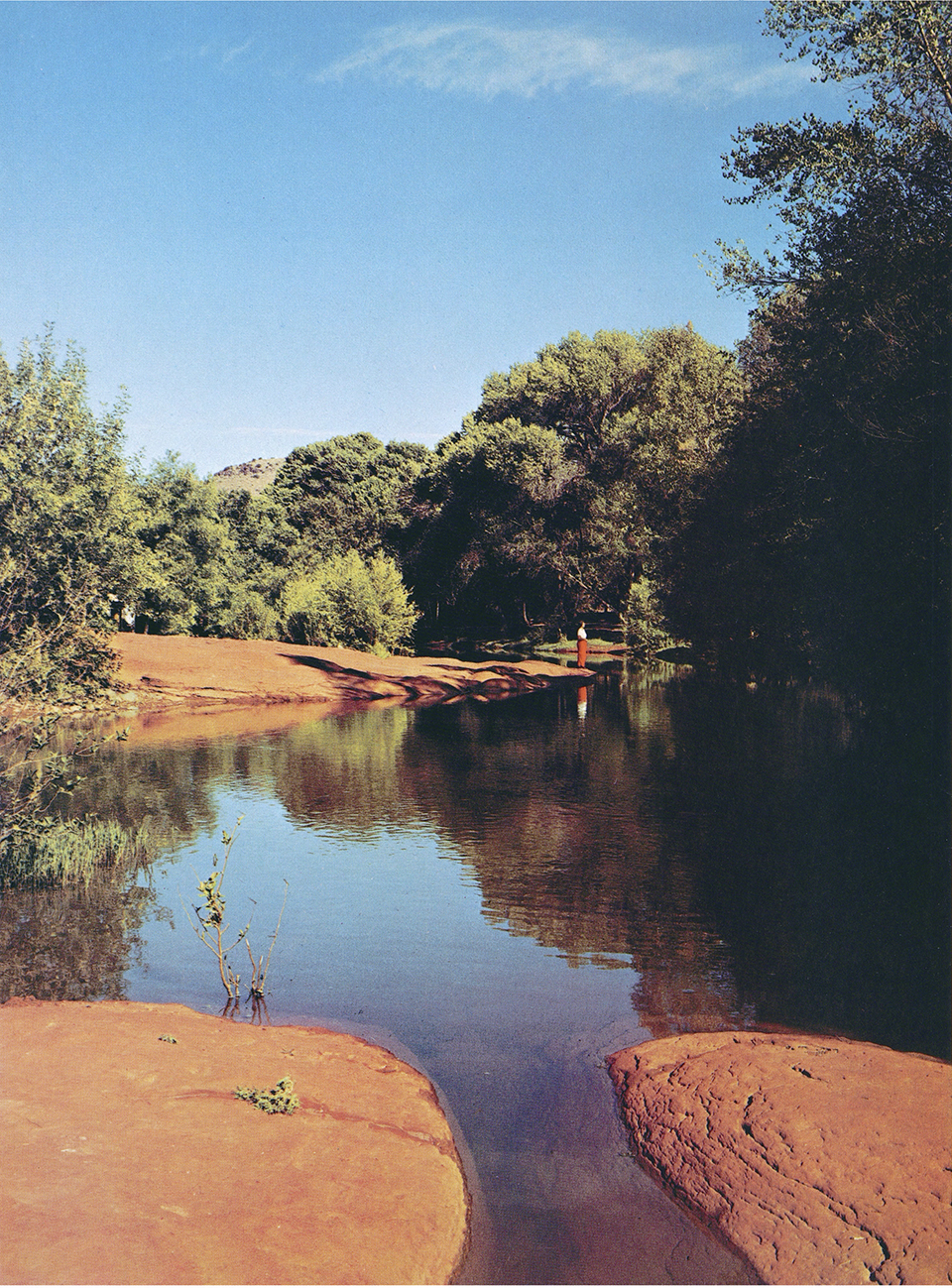
Even the humble backcountry roads, unlike the imperious highway which runs roughshod over the landscape, are reminiscent of the old pioneer trails as they dodged around trees and boulders or forded a creek out of respect for the dictates of the terrain. Many of these roads are actually remnants of the Old West era, leading to ghost towns, deserted mines or old settlers’ cabins.
Remote cattle and sheep ranches, far removed from their nearest neighbors, are still to be found. And don’t be a bit surprised if a real-life cowboy “cuts you off at the pass” for a friendly greeting or offer of assistance if you should happen to need help. Because the Western tradition of friendliness lives on in backcountry Arizona and seems to be very catching, even for brief visitors.
I remember, particularly, an incident that occurred several years ago along the Castle Hot Springs Road about 15 miles north of where it leaves the pavement of U.S. routes 60 and 70 at Morristown.
The road and a small stream shared coexistence on the canyon floor, and their belief in “togetherness” made for wet going. At this unlikeliest of places, I suddenly saw splashing toward me a long black limousine sporting New York plates and the most correctly liveried chauffeur I had ever seen. In the back seat was a very distinguished-looking elderly couple in highly fashionable Fifth Avenue attire.
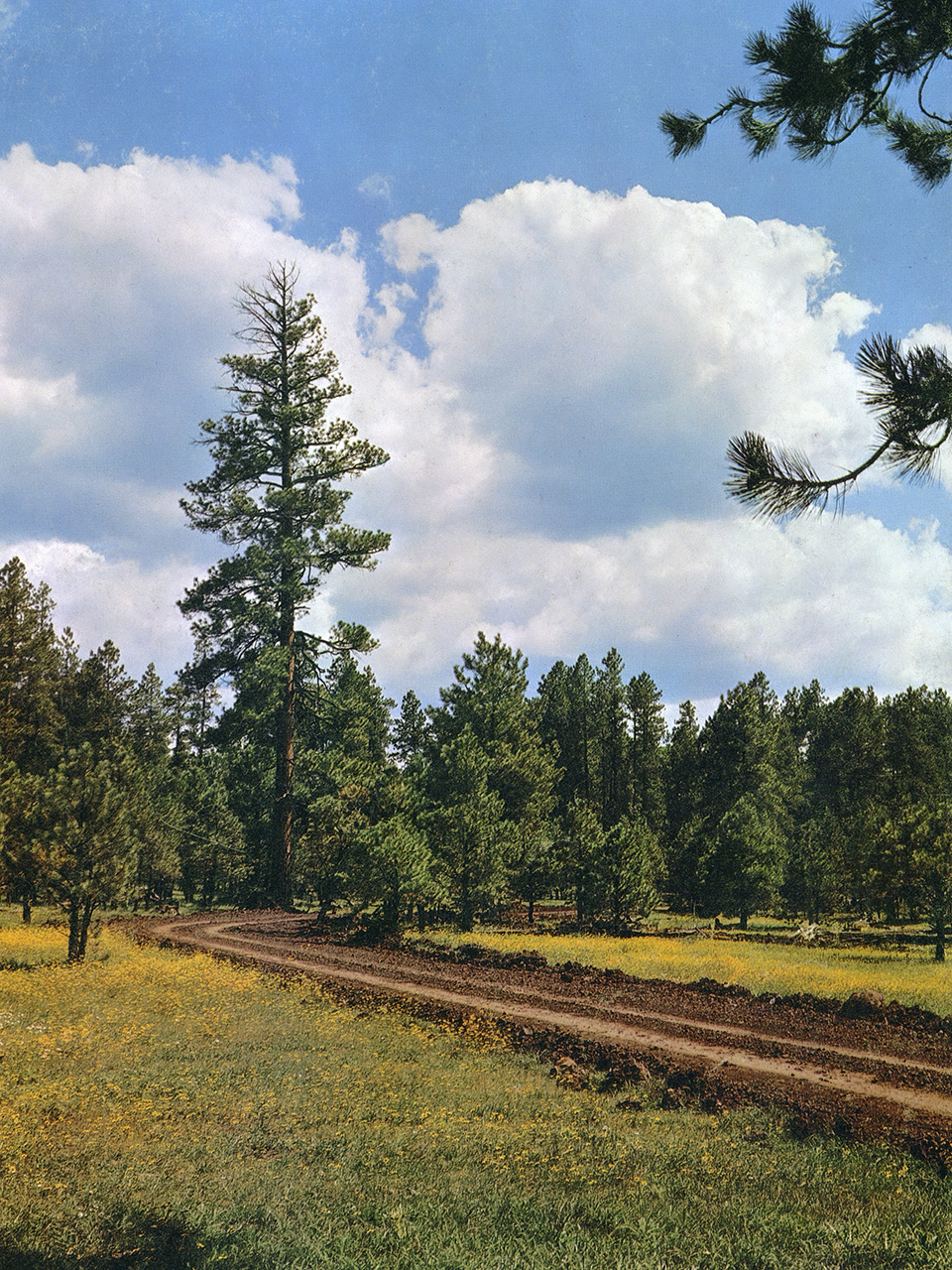
As they approached, I saw the old gentleman lean forward and say something to his driver, who thereupon began blowing his horn in the friendliest fashion. They all, chauffeur included, waved and smiled as they passed like happy kids from a school bus window.
In their normal environment, of course, they wouldn’t have thought of doing such a thing. But in that lonely little canyon, they had, for a moment, shared a unique experience with the only other human being in the world who happened to be there. In that instant, they had instinctively felt a strong sense of camaraderie, which they had so warmly expressed. It is a feeling frequently shared by back-road adventurers.
There are several major areas of the state that offer particularly outstanding opportunities for backcountry travel. In Northeastern Arizona is the vast unforgettable beauty of the Navajo Nation. Farther south lies the unspoiled grandeur of the White Mountains. Just a little above where Arizona would position its belt buckle is an exquisitely forested volcanic region dominated by the San Francisco Peaks. And embracing, from border to border, the state’s lower anatomy is the incomparable Southern Arizona desert.
These are my personal nominations for the “Big Four” of backcountry Arizona. Each is a highly scenic, often spectacular repository of leisurely byways waiting to guide you on a backcountry adventure.
